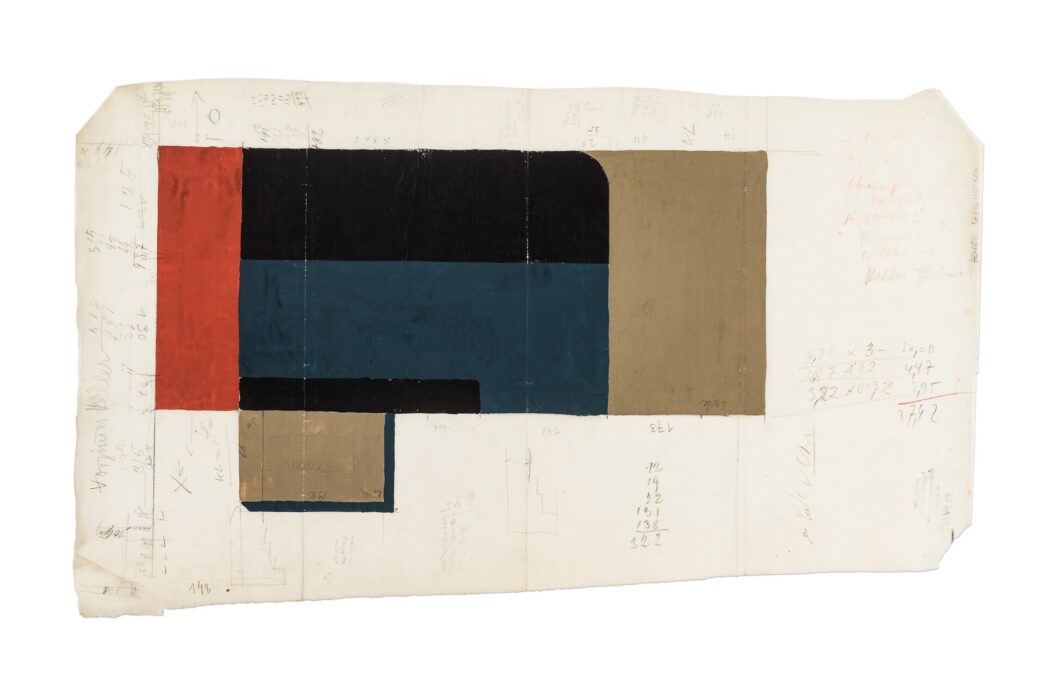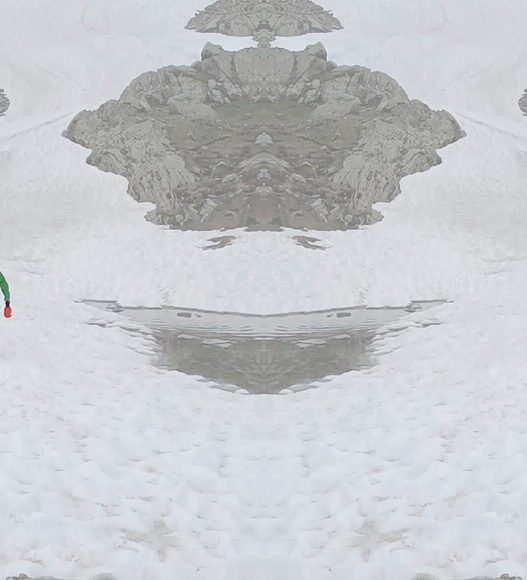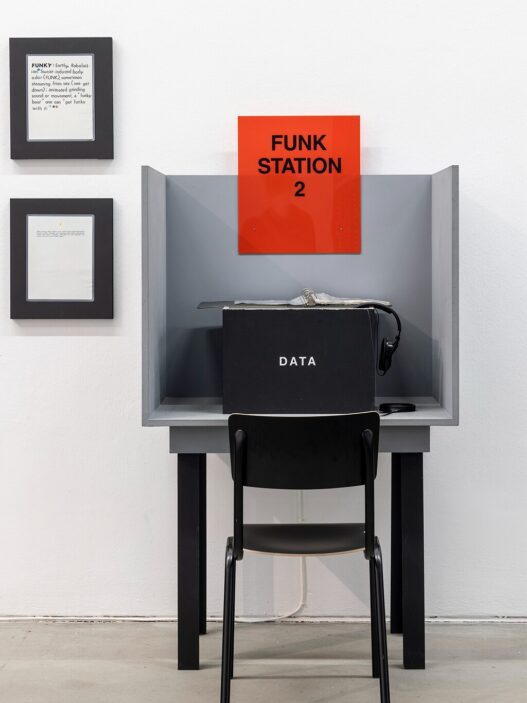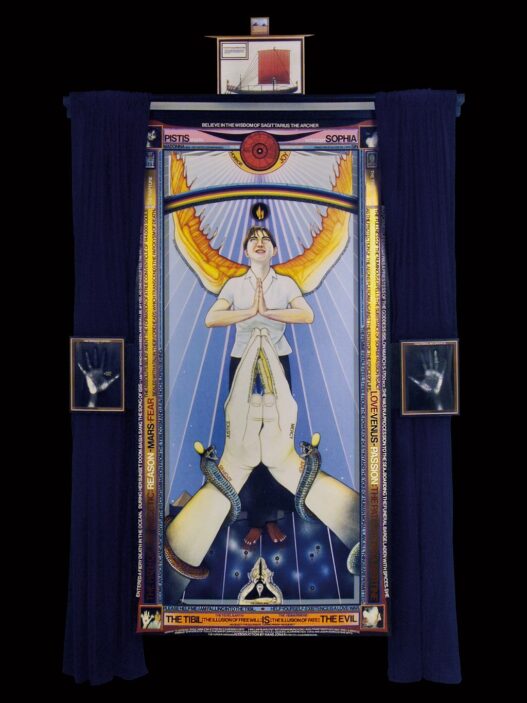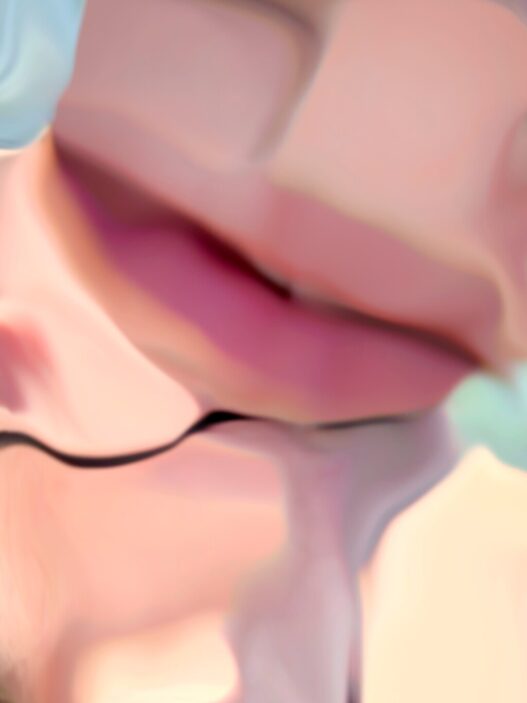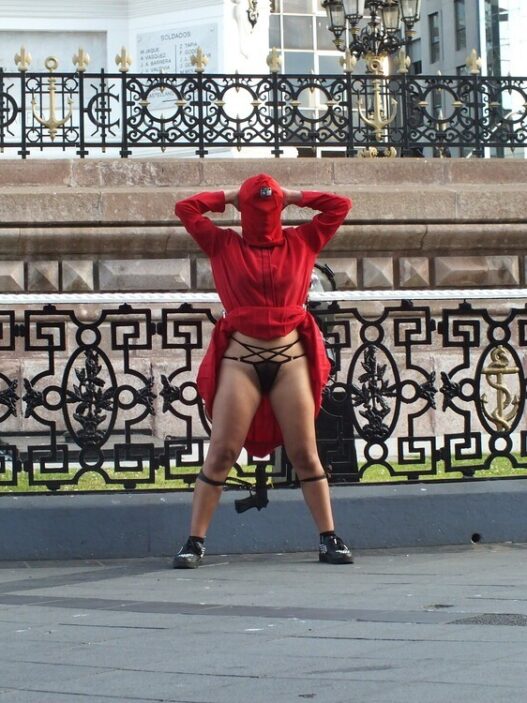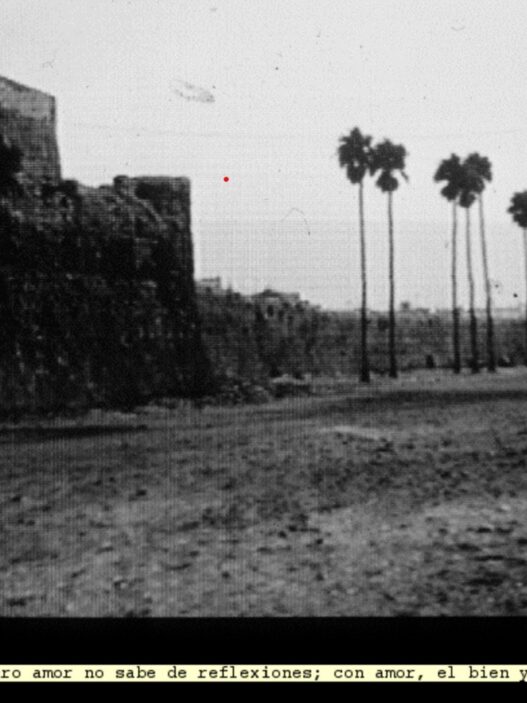September 23–November 26, 2022
Opening reception: September 22, 6–8pm
The production in a variety of mediums, from graphics and paintings to ideas for costumes and stage sets, toys, interiors, and modular furniture, via fabrics, bags, and book covers, to politically engaged art, distinguishes Friedl Dicker-Brandeis’ (1898–1944) artistic output. She also had a brief career teaching painting, which she continued to do even after being sent to Terezn, a concentration camp, and right up until her death at Auschwitz in 1944. Dicker’s body of work results from her ongoing professional interaction with a range of settings and partnerships. She is an exceptional artist because of its intricacy, but she also belongs to a generation of female painters who are still mostly absent from the accepted canon of European Modernism.
There are several explanations for Dicker’s marginalization and the widespread perception that he was just Franz Singer’s partner in architecture. Her oppression as a socialist and her persecution as a Jew during the development of fascism and the National Socialist dictatorship have contributed just as significantly to this process of marginalization as has the physical destruction of key components of her rich architectural oeuvre. The involvement with her work needs to continue even today.
Attempts to categorize and interpret Dicker’s interdisciplinary body of work have been made more difficult by the tendency of 20th-century art history to promote a separation of genres, media, and the visual and applied arts. Early works by the artist already display a breach of conventional classifications. Dicker and Singer formally expressed their idea of their cross-genre multimedia artistic creation as visual arts and material labor for social life as a whole when they named their first business Werkstätten bildender Kunst GmbH (Workshops for Visual Arts). This remark is conceptually incorporated into the display. Based on pieces from the University of Applied Arts Vienna collection, the exhibition examines the material, formal, and thematic variety of Dicker’s artistic production with the goal of deepening and separating viewpoints on the body of work of the artist. Along with addressing the artist’s various working processes and their political circumstances, it also highlights the intellectual and artistic communities she was a part of. To this purpose, the show provides details on her extensive education at schools including the Weimar Bauhaus, the Wiener Graphische Versuchs- und Lehranstalt, and the Wiener Kunstgewerbeschule. It reconstructs her extensive personal networks that extend far beyond the realm of the arts and charts her interaction with current theoretical and artistic trends. As a result, Friedl Dicker-Brandeis is shown as a person who, despite having difficult living and working conditions as a socialist Jew from the lower middle class, she created adaptable, unconventional, and resistance-based art pieces for a variety of contexts and communities.
The show also examines a collection that has pieces from each significant stage of the artist’s career. It is strongly related to Oswald Oberhuber’s commitment to the re-establishment of avant-garde artists and figures of the Austrian cultural landscape who had been killed, dispersed, and suppressed by fascism in his capacity as an artist, curator, and rector of the University of Applied Arts Vienna. He originally featured the artist in his show Austrian Avantgarde 1900–1938. Unknown Aspect of the Austrian Avant-Garde between 1900 and 1938. An unfamiliar aspect) in the exhibition Die Vertreibung des Geistigen aus sterreich and at Galerie nächst St Stephan in 1976. The Nationalsozialist Party’s cultural policy in 1985.
Dicker-Brandeis, Friedl Workshops for Visual Arts is associated with a two-year research project, the findings of which will be released by de Gruyter in English and German in 2022. On November 22, 2022, the monograph will be exhibited as a part of Vienna Art Week and may be purchased internationally in bookstores and online.
The exhibit will be on display at the Graphische Sammlung ETH Zurich in Switzerland in the spring of 2023.
About the artist
Friedl Dicker-Brandeis was born in Vienna in 1898, and before enrolling at the Weimar Bauhaus in 1919, he completed studies under Johannes Itten and Arnold Schönberg at the Vienna Graphische Versuchs- und Lehranstalt and the Vienna Kunstgewerbeschule. She and Franz Singer both worked for Berthold Viertel’s cooperative theater company before establishing Werkstätten bildender Kunst GmbH in Berlin in 1923, followed by an interior design business in Vienna and elsewhere in 1926. Before being imprisoned in 1931/1922, she taught art to kindergarteners in Red Vienna in the 1930s and created a number of large-scale photocollages that explored the origins and repercussions of social injustice. She moved to Prague shortly after being freed, where she continued to be active in communist organizations and to work as an interior designer and art instructor. Together with her husband Pavel Brandeis, Dicker-Brandeis relocated to the Czechoslovak village of Hronov in 1938. There, they lived and worked until their deportation to the Terezin concentration camp. The artist stepped up her teaching efforts there. Dicker-Brandeis was killed in Auschwitz in 1942.
Curatorial credit
Friedl Dicker-Brandeis. Workshops for Visual Arts is curated by Cosima Rainer, Director of Collection and Archive at the University of Applied Vienna, in collaboration with the art historian Stefanie Kitzberger, Research Associate at the institute, and the artist Robert Müller.
Exhibition support
This exhibition is generously supported by the National Fund of the Republic of Austria for Victims of National Socialism.
About Collection and Archive at the University of Applied Arts Vienna
The institute Collection and Archive creates exhibitions, publications, conferences, and collaborative projects aimed at fostering engagement with modern artists entangled with the history of the former Vienna School of Applied Arts and with current artistic positions, discourses, and formations at the University of Applied Arts Vienna. Located in downtown Vienna, the Collection and Archive is open to the public and particularly supports the research of scholars and students.
University Gallery at Heiligenkreuzerhof
Schönlaterngasse 5, stairway 8 1st floor
1010 Vienna
Austria
kunstsammlungundarchiv.at
www.dieangewandte.at
Instagram / Instagram / Instagram










